Social Structure
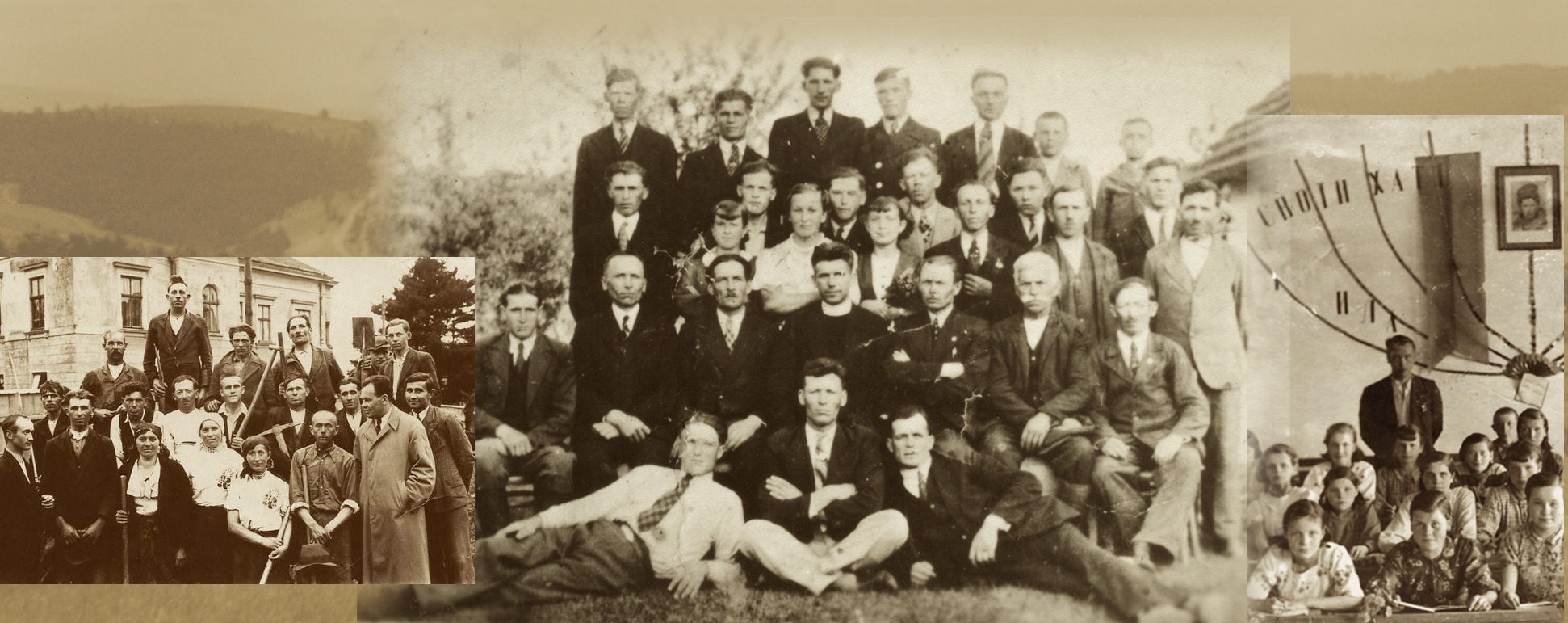
Lex Antiqua Valachorum, “Ancient Wallachian Law,” also called Jus Valahicum/Valachorum (the Wallachian Right), represented a Romanian judicial system and social structure according to social status, education, or income with juridical rituals, proceedings and administration of the law. From the 14th through 17th centuries, villages were usually founded on Wallachian law that governed settlements.
Villagers were living under the Magdeburg Law, the right to establish their own judicial and administrative institutions and to use their law. The “Burghers” were essential leaders in place, similar to the Mayors, and village life centered on the church and its calendar. The customs and traditions were kept and passed down from generation to generation.
Among the concepts were the law of hospitality, the law of humanity, the law of purity, and the law of family relations and organizations. Property rights laws concerned the relationship between man and the land, including administration, fields, crops, pastures, forests, roads, etc., and norms regarding the work hierarchy in agriculture, such as cultivating soil, harvesting, raising livestock, and logging.
The laws concerned the villages’ social organization with a patriarchal pyramidal scheme, whose levels, although estimated on competence, were singled with an objective criterion: age. The base was the undefined (whole) mass of inhabitants in charge of tasks of general interest.
There were the unmarried youths between 17 and 26 years old, grouped according to spiritual characteristics in a very disciplined manner, who sometimes wore zoomorphic masks. They had to carry specific tasks and rituals for solstice or equinox (Wheels of Fire), pastoral rituals (Blessing of the Fields), religious rituals, or pseudo-military.
Next level was the married, established men that culminated with the “Old Men’s Clan” and gathered into a council with extended privileges: care for the perpetuation and unaltered preservation of ancient habits and customs, assuring the complete respect for the Ancient Law. Usually, the judgment was done before the elders, from dawn until dusk. The sentences, such as mild or heavy physical punishments, expulsion from the village, or even death, were respected by all inhabitants.
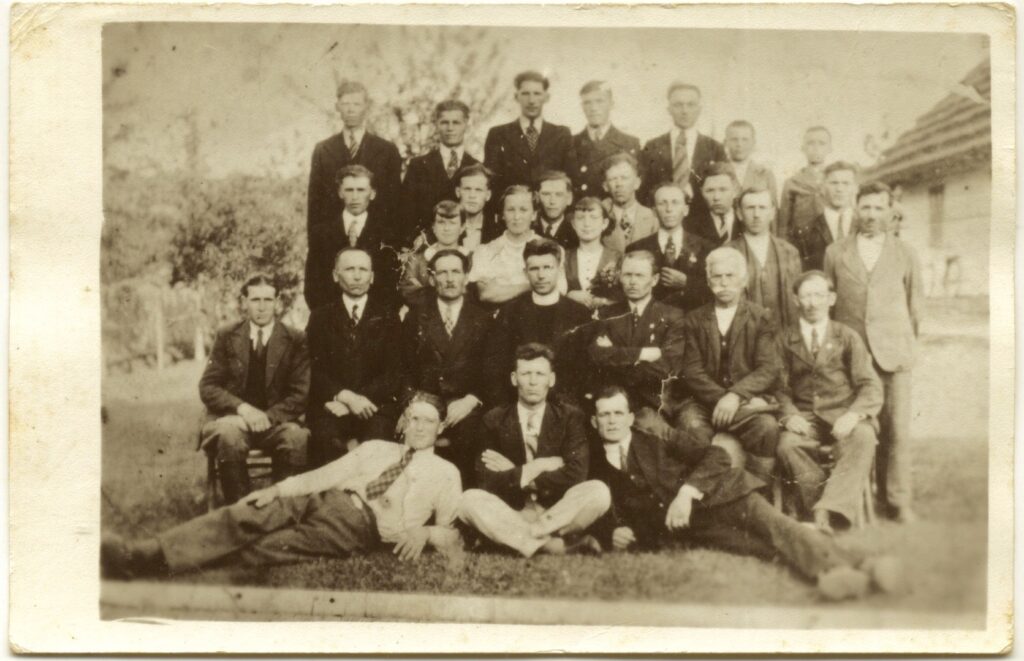
Михайло Котляр (єдинаків), Антоній Маружак (яцкового), С. Кухарик, 2-ий ряд- Ваньо Котляр (волянів), Петро Брехун (ковалів), Михайло Шайняк, о. Якослав Савчик, (Незнаний), Юрко Бурдяк, 3-ий Іван Липка (великшей), 3-ий ряд- (Незнаний), Марія Вархолик, Іван Котляр (з корщми), Іванна Залевчик (писарева), Тадей Котляр (писар), Павлінка Липка, Петро Брехун (з горбка), Антоні Котляр (з Брехунівки), Петро Котляр (з Лук), Петро Брехун (свірканин), Михайло Мачужак (з Ющиківки), Юрко Колодій, 4-ий ряд- Володимир Сушко (цапів), Влодко Свірк, Михайло Колодій (з Пішківкі), Павло Котляр (з корщми), Петро Соколвскі (Паценик), Юліян Котляр, Микола Амбіцкі
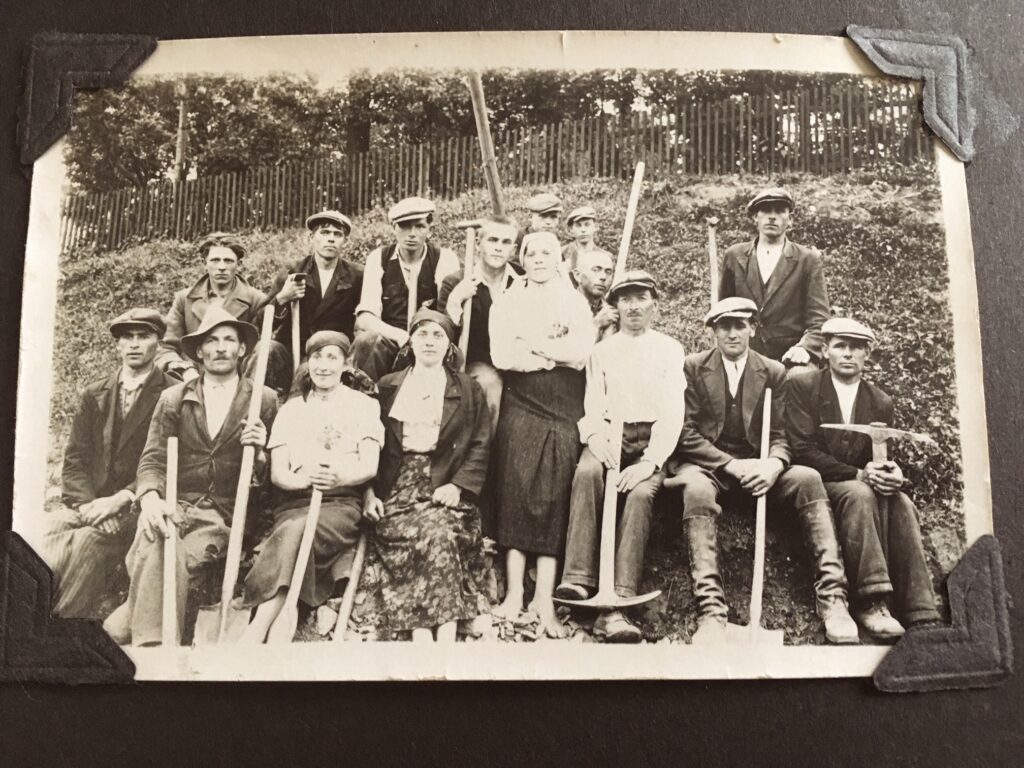
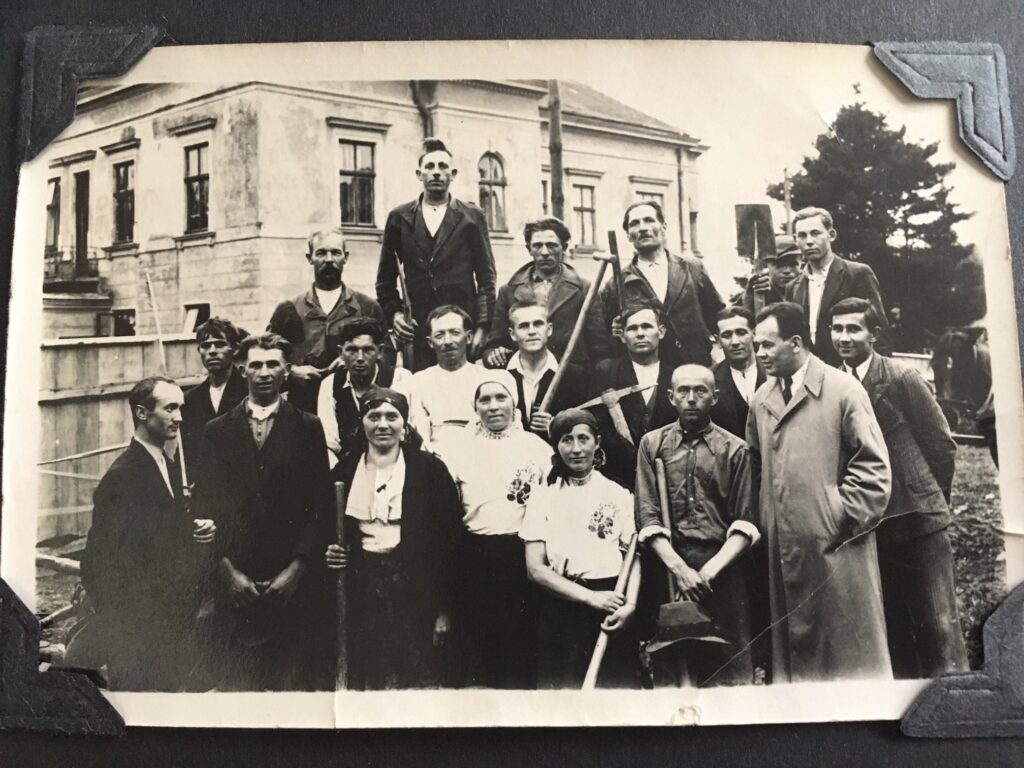
Surnames were usually associated with the person, depending on what he did for a living or where he lived. Surnames from Dudynce include Brechun; Juszczyk; Kishka; Kochan; Kolodiy/Kolodiej; Kotlarz/Kotlar; Maczuzak; Mediuch; Pastszak; Suszko; Szajniak/Shayniak/Shannock; Warcholyk
Ambickiy, Maria; Ambickiy Ivan; Warcholyk, Ivan; Kotlar, Mykola; Warcholyk Mediuch; Mediuch, Metody; Wacholyk, Zenoviy; Warcholyk, Sofia; Warcholyk, Tania; Waleckiy, Mychaijlo; Waleckiy, Solomia; Wozniy, Petro; Wozniy, Paulina; Wozniy, Filko; Brechun, Wolodymyr; Brechun, Petro (z Horbka); Brechun, Petro (Svirkanych); Brechun, Petro; Brechun Petro; Brechun Stefan; Zanevchyk, Anton; Zanevchyk Kolodiy, Paulina; Kolodiy, Ivan; Kolodiy, Mychaijlo; Kolodiy, Ivan; Kolodiy, Wasyl; Kolodiy, Dmytro; Kolodiy, Pavlo; Kolodiy, Stefan; Kolodiy, Teodor; Kolodiy, Yurko; Kolodiy, Pavlo Yurkovich
House numbers are significant and can tell much about inhabitants’ lives.
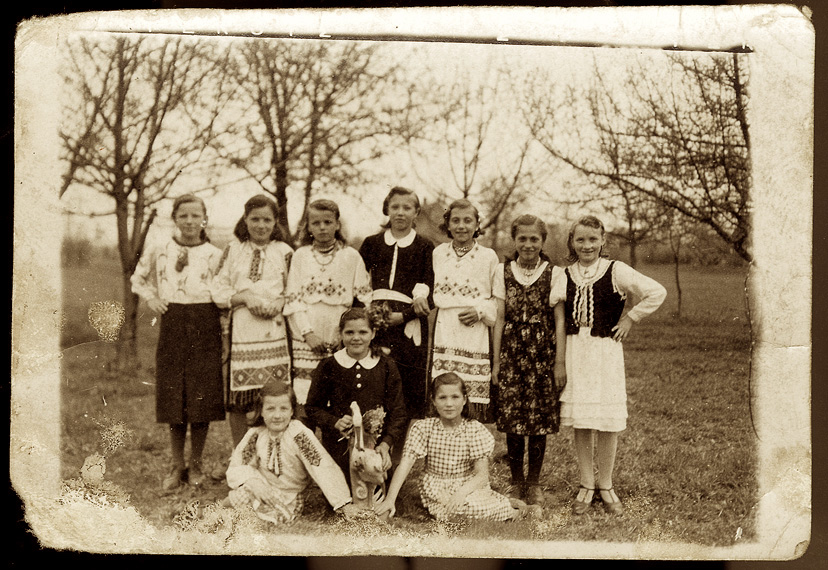
The girls in this picture were all named Maria